Design Miami adapts to new realities
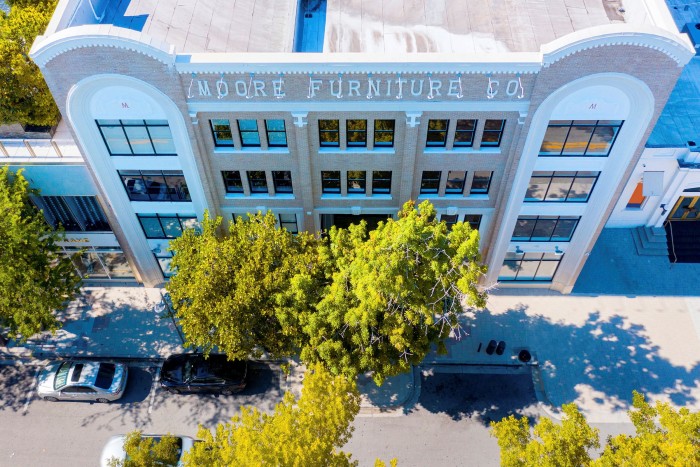
Roula Khalaf, Editor of the FT, selects her favourite stories in this weekly newsletter.
If Design Miami was beginning to look like a triumph of contemporary exuberance over historical gravitas in recent years, then the 2020 edition will surely complete that process. The design and decorative arts fair which launched in December 2005 to coincide with Art Basel Miami Beach has grown into a swanky tent opposite the Convention Center where the main art fair takes place, with up to 60 galleries from all over the world.
But this year it returns to its roots — the Moore Building in the Design District — in a scaled-down, but real life, exhibition. Not surprisingly, Europe’s blue-chip galleries, the purveyors of grand 20th-century design at increasingly high prices, will not be making the journey (though Mercado Moderno has managed to bring a haul of Brazilian mid-century modernism from Rio). And you wonder if they’ll ever come back. Miami is so much better suited to the fun stuff.
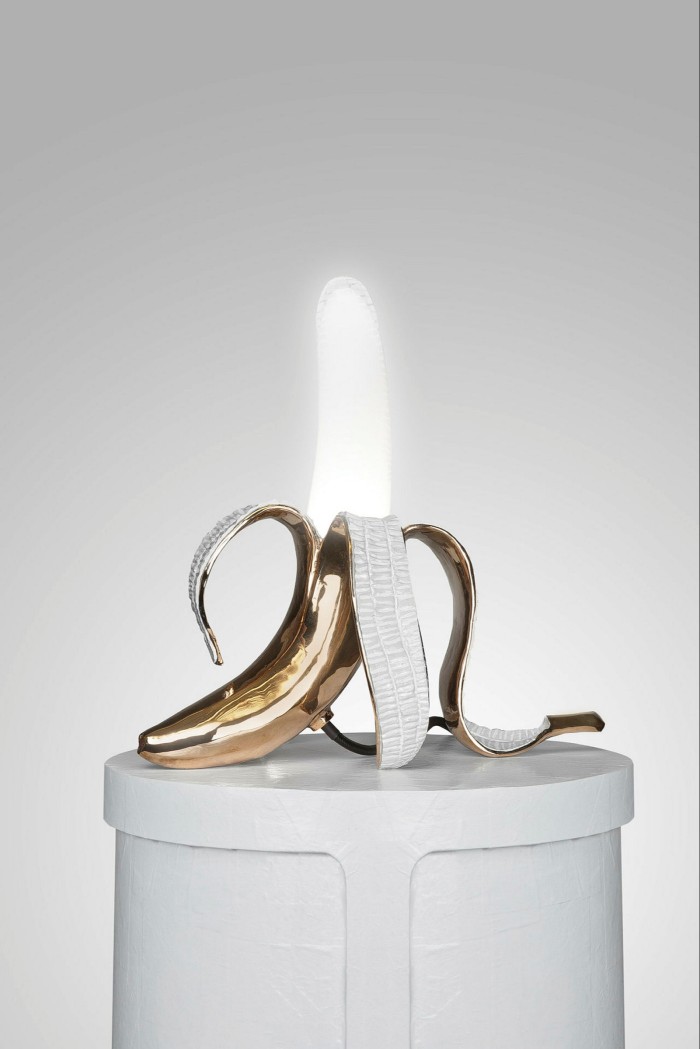
This year, just 10 galleries will present work in a traditional fair booth format, over the Moore Building’s four beautiful galleried floors. On the ground floor, under an enormous sculpture by Zaha Hadid that hovers like a huge stretched piece of chewing gum, the Design Miami Podium will take place. This is a selling exhibition of around 140 objects from 33 various galleries and artists — nearly all from the US — brought together by Design Miami’s curatorial director Aric Chen under the blanket theme of “America(s)”.
“We’d chosen the America(s) theme during last year’s Design Miami — notions of America were already being contested; we knew there was going to be an election,” says Chen, over the phone from Shanghai where he is based. “But the events of this year have certainly amplified the questions we already wanted to address.”
Returning to Miami in March for further discussions, he ended up meeting his colleagues over Zoom from his hotel room at the Standard, as the pandemic swept through Florida. This week he has overseen installation of the show from his kitchen in China. “It’s frustrating, because the crux of any exhibition is how things work in real space.”

While Miami was placed under restrictions until mid-September, and an 11pm-6am curfew is still in place, the Design District has been a beneficiary of the pandemic’s effect on how people use the city. With its open spaces, outdoor dining and plentiful parking, locals have come in greater numbers than before. Craig Robins, co-founder of Design Miami and developer of the Design District, points out that Miami itself has become more desirable too.
“There’s a sizeable community of people privileged enough to have chosen to sit out the pandemic down here,” he says. “Some had properties, others have acquired them.”
They, along with the wealthy denizens of Palm Beach, should ensure a well-heeled uptake of what Design Miami is offering, even if the Moore Building, which can normally accommodate 2,000 people or more, is currently only allowed to admit 200 at a time. (Design Miami would normally expect around 30,000 visitors.) Covid fatigue is certainly stimulating spending here. “The fashion retailers saw sales go up by 40 per cent in September and October, compared to 2019 figures for the same period,” says Robins.
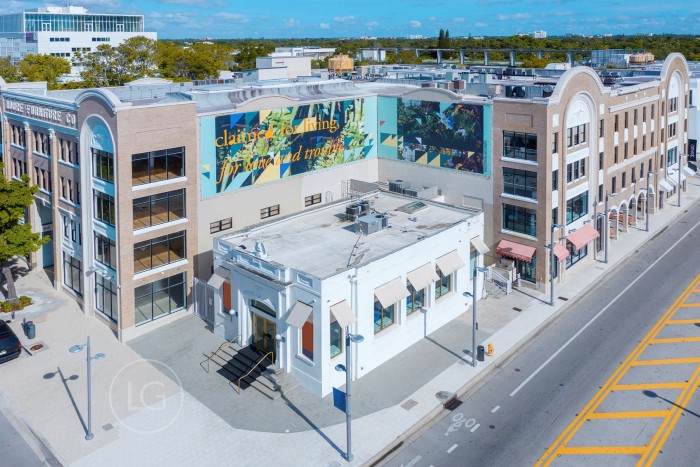
The Moore Building is a former furniture showroom built in 1921 — outstandingly old for Miami — and a more pleasant backdrop for design than any tent. Inside, visitors will find some rather unexpected sights. Such as two dinosaur skeletons, presented by New York gallery Jason Jacques. “We didn’t plan on including dinosaurs, but [they were] on this continent before any of us,” says Chen.
In September Chen went to considerable effort to contact independent designers as well as dealers. As a result the work of Isaac Scott, a ceramicist from Philadelphia, will be on show, with vessels incorporating the images he took of the city’s fierce BLM protests. (The images were published in full in The New Yorker.) There is Jolie Ngo, whose 3D printed ceramics draw on her Vietnamese-American background; and Ronald Rael, who installed pink see-saws in Trump’s US-Mexico border wall in July. He has been experimenting with 3D printed adobe.
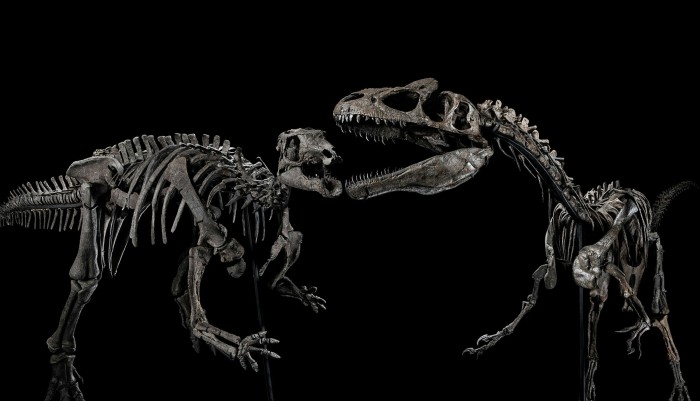
Meanwhile some gallerists asked their designers to work to the brief. “We didn’t rely on existing work,” says David Alhadeff, founder of The Future Perfect, who usually sells from beautifully appointed houses in San Francisco, New York and Los Angeles. “Chen Chen and Kai Williams have created a hand-carved stone chamber pot that refers to Chen’s migration to the US as a child, and the marvel of modern plumbing, as well as America’s possible role as the toilet of the future.” Eric Roinestad’s ceramic works are punctured with bullet holes.
There are also non-Americans with something to add. Joseph Walsh, a self-taught Irish designer who works with wood, is bringing his Enignum chair as a tribute to the American textile designer Jack Lenor Larsen, whose mentorship transformed his career. London’s Gallery Fumi is sending a series of chairs by the Spanish artist Selia Aparicio, whose painting of women in Chinese ink on plywood forms engages with the racial categorisations of America.
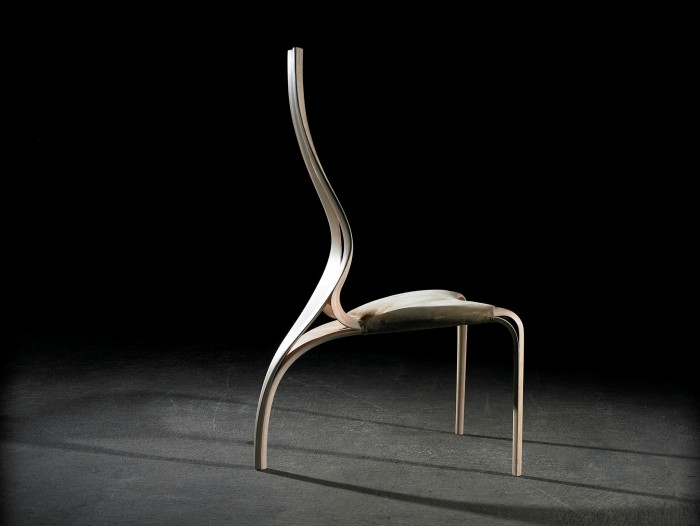
Of course, for the big galleries such as Carpenters Workshop, who have premises in London, Paris, New York and San Francisco, it’s business as usual with staff flying down from New York to sell Nacho Carbonell’s astonishing $300,000 “Palm Tree” and Studio Job’s $25,000 “Banana Lamp”.
Yet Design Miami has seen fit to give the Beirut outfit House of Today a free space to show young Lebanese designers. “It’s a striking act of generosity,” says its founder Cherine Magrabi Tayeb. (Or karma: Magrabi Tayeb has already raised $780,000 through the Beirut Blast support fund to help designers rebuild their studios after the explosion that devastated the city in August.)
The Lexus design commission brings the British-Ghanaian designer Chrissa Amuah and the Nigerian designer Tosin Oshinowo to the fair with extraordinary headpieces created in response to safety in our times. With Takashi Murakami also invited to jazz up the building’s roof terrace with some floral display, under sponsorship from Perrier, Design Miami is still aiming for an international view. But when one of your main sponsors is a brand of fizzy water, and travel should only be undertaken where necessary, it’s probably right to assume that this will be a local fair for sober times.
To December 6, miami2020.designmiami.com
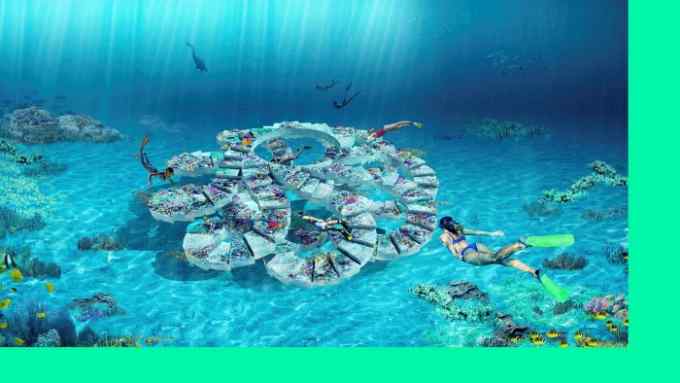
Comments